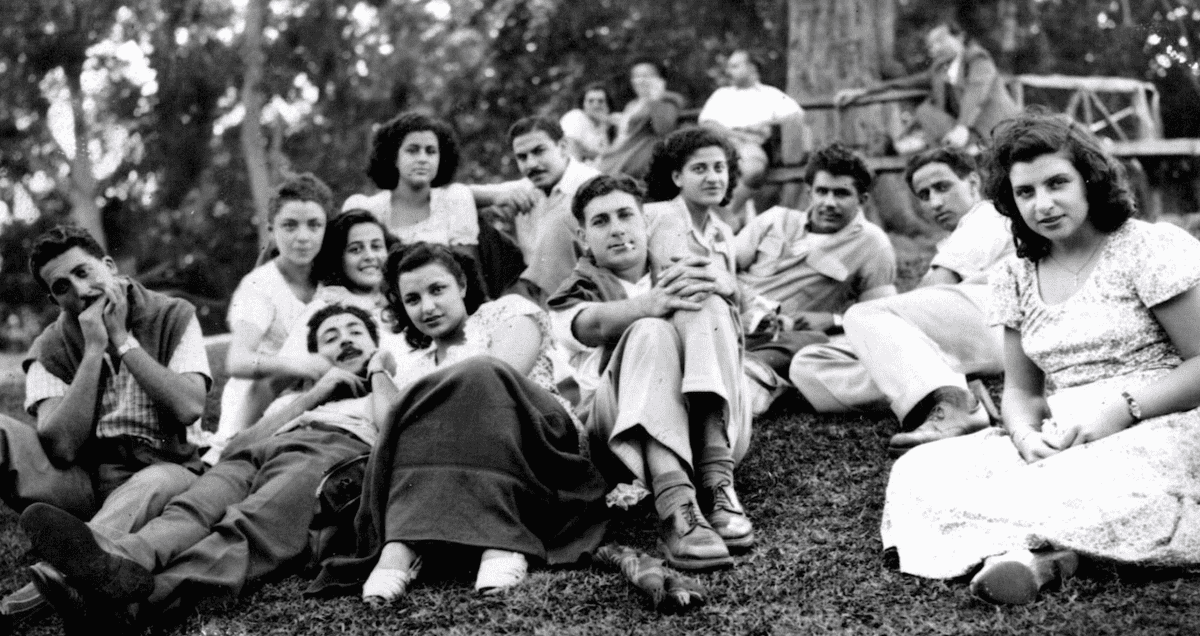Project48 provides educational material, eyewitness testimonies, images, videos and artifacts that bring to life the Nakba (“Catastrophe” in Arabic) and its generational impact, as well as the ongoing Palestinian struggle against colonial erasure and the return of refugees to their ancestral lands. The Nakba refers to the expulsion of over 750,000 Palestinians during the creation of Israel as a Jewish majority country on land that had a two-thirds majority Palestinian Arab population. The Nakba is present-tense, as the displacement of Palestinians and the destruction of Palestinian life has been ongoing for over a century.
Project48 was created to center Palestinians in the telling of their own history, to raise the voices of the hundreds of thousands of Palestinian refugees whose stories have been silenced or denied, the steadfast Palestinians who were able to remain, as an oppressed minority, “strangers in their own homeland,” and to those living under Israeli occupation and bombardment who “teach life” each day, living for over half a century without their basic human rights.
Curriculum
The Palestinian Nakba Curriculum provides a holistic opportunity to learn about Palestine’s robust society before the creation of Israel in 1948, the critical events leading up the Nakba, and to look at its ongoing nature, forms, and impact – primarily through the prism of Palestinian scholarship, oral and visual history, art, and activism.
The curriculum can be adapted in many different ways—for individual classes, for semester-long learning, as theme-specific modules, for presentations, and for workshops and webinars. It is designed for digital and online use as well as for in-person learning.
It includes eight core sessions, with an opening and closing session. Each session builds upon the one before it, yet the curriculum has been designed with the option of entering in different places based on the subjects and themes being addressed, and the time frame allotted for learning.
Theme-specific modules offer curricula and resources to engage with a particular issue or area (eg. Settler Colonialism, Zionism, Refugees and Right of Return, etc.). These modules stand alone and can also be used in conjunction with any other part of the curriculum.
There are also recommended tracks—for college and high school students, for community education groups, and for organizers. Tracks offer activity and session configurations that make different pieces of the curriculum easier or more accessible to share with any given group. Finally, there is an in-depth Facilitator Guide for educators or others teaching or leading a session or class.
The curriculum was created in partnership with PARCEO, a Participatory Action Research (PAR)-based resource and education center that works to make curricula, research, and other community education initiatives more accessible and integrated into our collective work for social change.
For workshop facilitation, please contact info@parceo.org
Galleries
Through a collection of curated photographs, documents, artifacts, and the saved possessions of Palestinian refugees, a robust and diverse society comes to life in historic Palestine. Reading through the brief descriptions of each item allows for a richer experience.
Testimonies
Palestinian refugees have powerful stories to share about their lives before the Nakba, how they survived expulsion, and their longing to return. This is history through lived experience. Nakba survivor testimonies were created in partnership with filmmaker NOUR and the Institute for Middle East Understanding.
Photo credit: British Mandate Jerusalemites Photo Library
